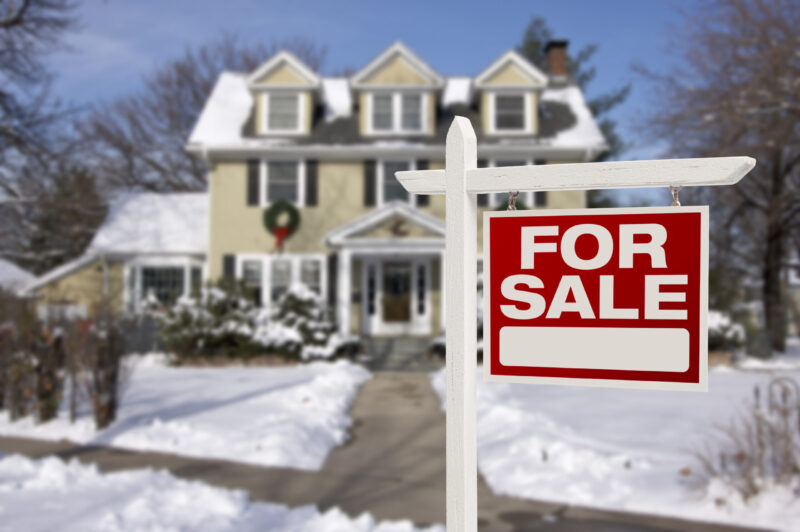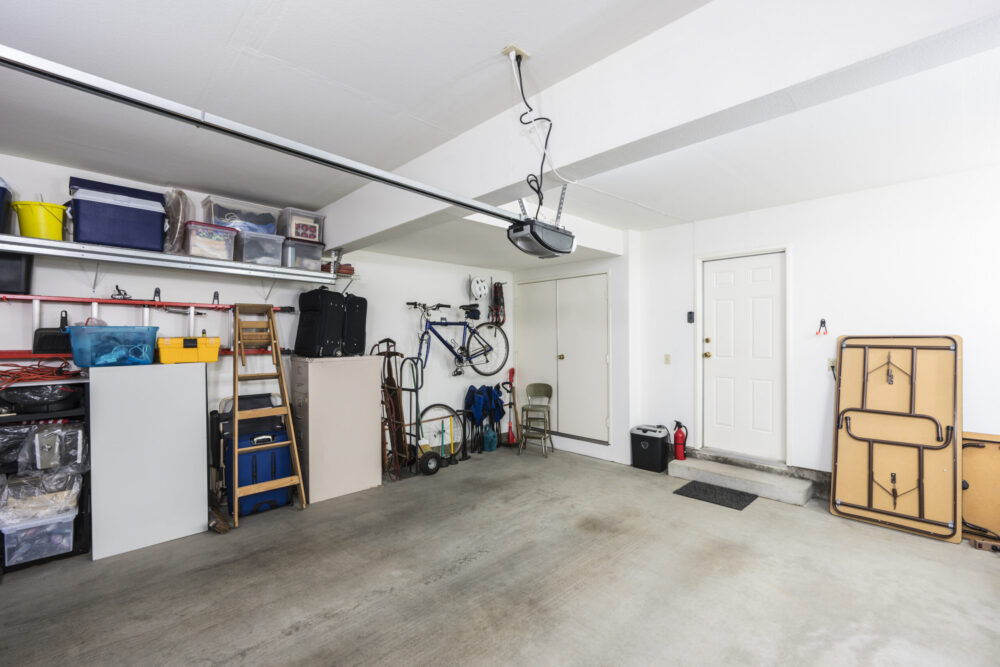In order for the loan process to run smoothly, one of the smartest things to do is get pre-qualified for a mortgage. A pre-qualification is an estimate of how much you can borrow from a lender which allows you to explore loan options specific to your financial situation. Pre-qualifying for a loan before you go home shopping helps you set a budget and strengthen your negotiating position when making an offer. Having a pre-qualification is also a good sign to the seller that you are serious and ready to buy. This is particularly important these days since it’s a seller market and homes are going quickly. Taking this step to be prepared can get you ahead of the game.
How to Pre-Qualify
Pre-qualification is a simple process that can be done at zero cost and completed online. Contact your Loan Officer to find out which documents you should prepare to complete the pre-qualification form. Once you pre-qualify successfully, you can request a letter stating how much you may be able to borrow based on the information you provided. You can share this with your real estate agent or simply tell the agent a price range based on the outcome of your pre-qualification.
Pre-qualification vs. Conditional Approval
Conditional approval requires more information and is a much more serious level of approval. Conditional approval means you will have a commitment to a specific loan program at a specific loan amount. It will also provide more information about your interest rate and monthly mortgage payment.
Before you start your journey as a home buyer, contact one of our Loan Officers to get pre-qualified!


